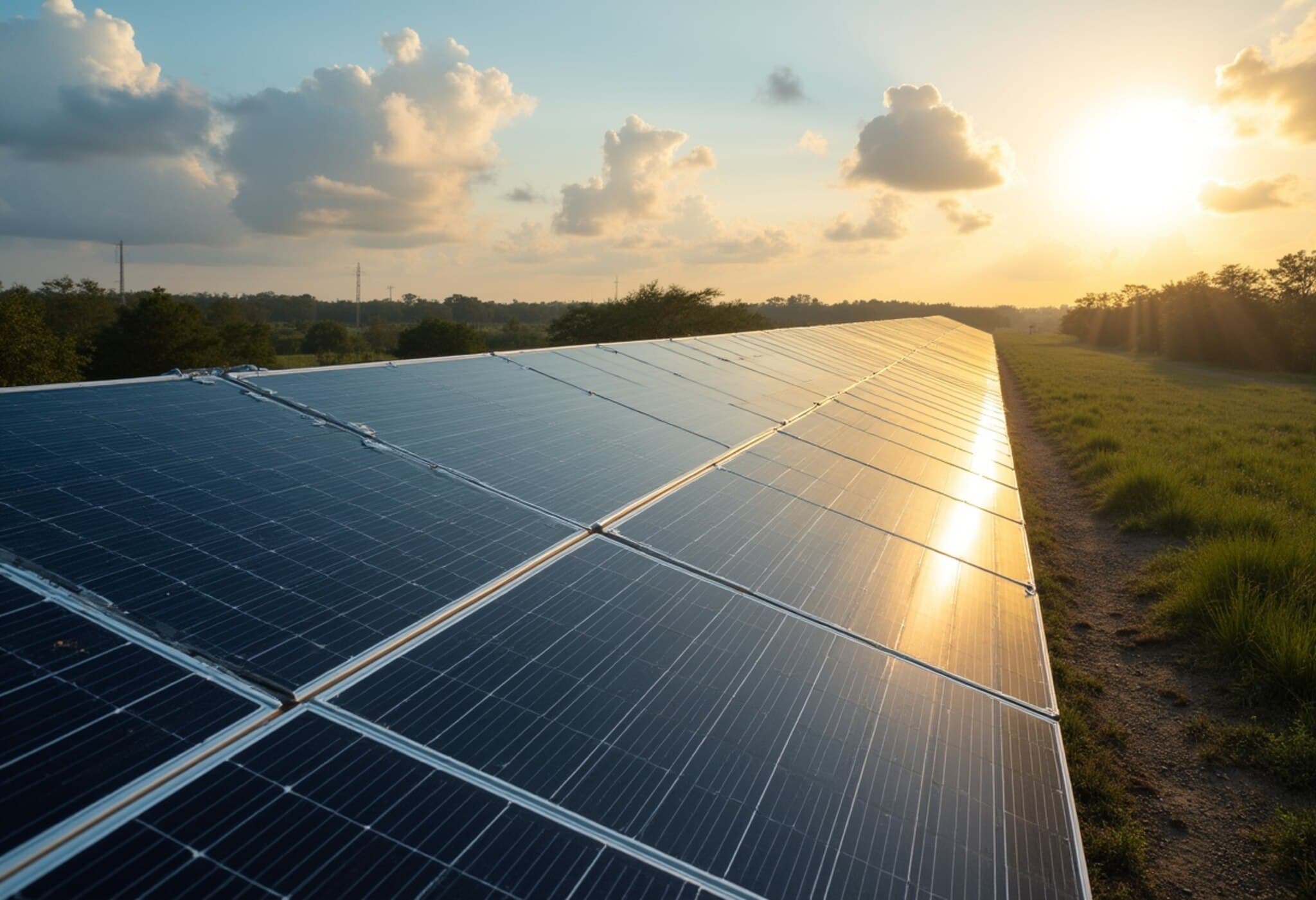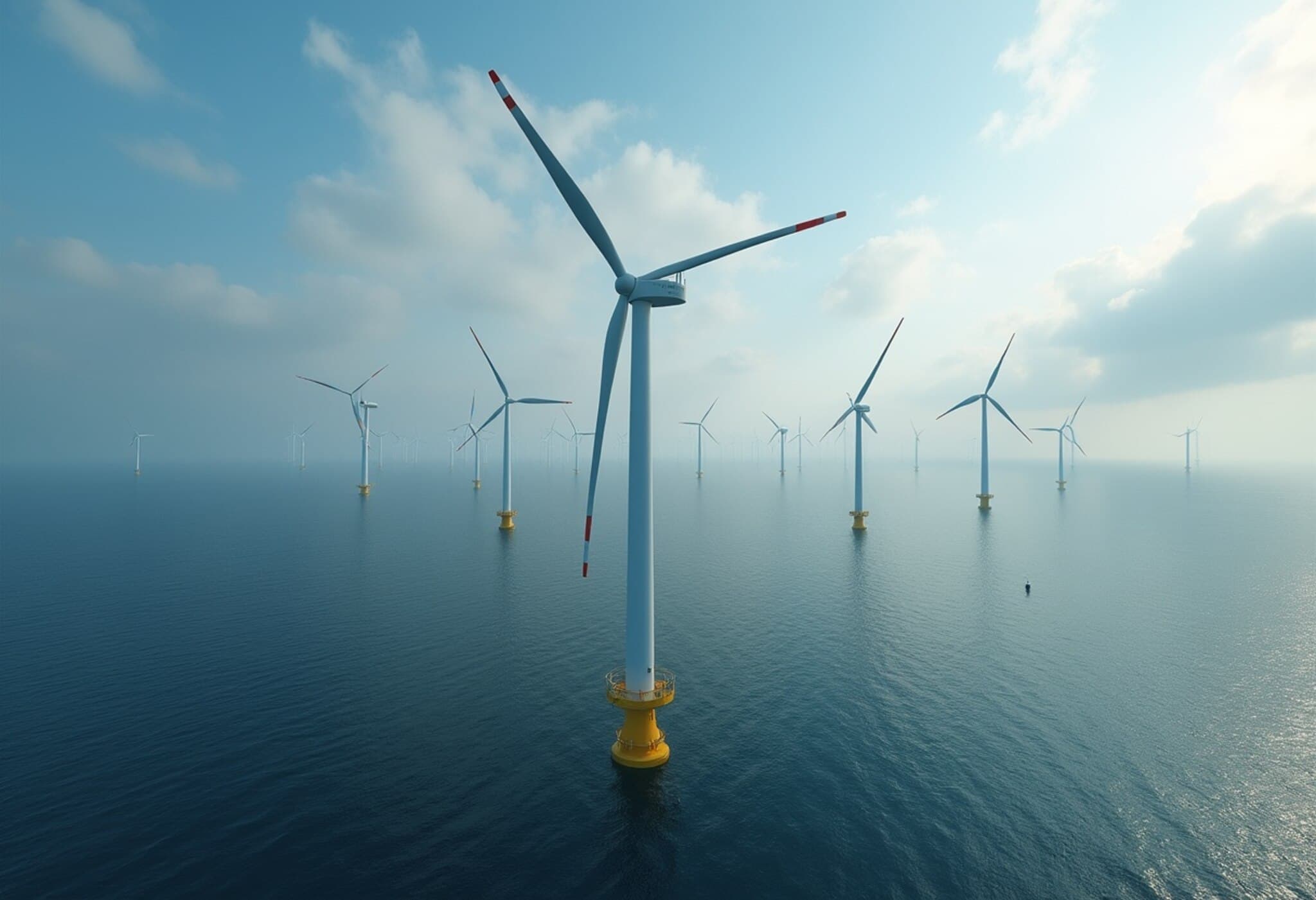Florida Emerges as a National Solar Powerhouse
In a remarkable turn of events within the U.S. clean energy landscape, Florida has quietly overtaken California in utility-scale solar growth for the first time. Despite recent political shifts and the removal of climate change from its official state policy framework in 2024, Florida added more large-scale solar capacity last year than California, firmly positioning itself alongside Texas as a solar industry heavyweight.
What's Driving Florida's Solar Boom?
According to Sylvia Leyva Martinez, a senior analyst at Wood Mackenzie, "This is not a fluke. Florida is now shaping national solar growth." This surge is predominantly powered by utility-scale projects rather than residential rooftop panels. Notably, Florida Power & Light contributed over 70% of the state's newly installed solar capacity in 2024.
Florida’s accelerated solar development benefits from a state regulation that allows projects under 75 megawatts to bypass lengthy and costly siting reviews, enabling quicker deployment and reduced expenses. This streamlined process creates an environment where large solar farms can flourish more rapidly compared to states with stricter regulatory hurdles.
Community Acceptance and Innovation: The Babcock Ranch Model
Solar’s success in Florida isn’t only about economics or policy. It’s also a story of community embrace and technological innovation. Syd Kitson, founder of Babcock Ranch—a pioneering solar-powered town—emphasizes the state's cultural openness toward renewable energy. "There's no silver bullet," Kitson states, "but one thing Florida got right is acceptance. Here, people want solar. And we're proving it works."
Babcock Ranch operates on its own microgrid, offering a compelling example of resiliency amid Southwest Florida’s power outages. "We didn't lose power, internet, or water," recalls resident Don Bishop. Experiences like this underscore how solar-powered microgrids can fundamentally alter community resilience, especially as climate-driven extreme weather events become more frequent.
Economic Winds Favor Solar Expansion
The economics behind Florida’s solar adoption are equally compelling. As industrial electricity demand grows and natural gas prices rise, solar energy increasingly stands out as the most cost-effective option even without subsidies. Martinez notes, "Utilities aren't building solar because it's green—they're doing it because it's cheaper." This shift marks a critical pivot in U.S. energy markets where financial prudence aligns with sustainability goals.
Challenges on the Horizon: Policy and Infrastructure
Despite this upward trajectory, challenges loom. In July 2025, President Trump signed legislation accelerating the phase-out of federal solar and wind tax credits. While the removal won't derail the market, analysts warn it complicates financing and slows growth. Homeowners will lose the federal investment credit after 2025, and developers now face stricter sourcing and accelerated timelines.
According to Wood Mackenzie analyst Zoë Gaston, the industry should brace for a notable slowdown in rooftop solar installations over the next five years in Florida.
Furthermore, rapid utility-scale growth is straining Florida’s electrical grid. Utilities are investing heavily in battery storage, smart grid technologies, and upgrades to accommodate this influx. Babcock Ranch’s microgrid innovation offers a promising blueprint to increase resilience community by community in the face of these pressures.
Looking Ahead: Policy, Politics, and Solar’s Future in Florida
Florida’s abundant sunshine gives it enormous potential for solar leadership, but experts caution that political will and policy consistency are crucial to sustaining momentum. Stanford Professor Mark Jacobson highlights this gap: "Florida has the solar resources. What's missing is political consistency." The state's continued reliance on natural gas also poses a complex challenge that may impact its renewable energy future.
Conclusion
Florida’s rise as a solar powerhouse signals a broader shift in the American energy narrative. Beyond California and Texas, new regional leaders are emerging thanks to market economics, regulatory innovation, and community embrace. Yet, without supportive policies and grid modernization, maintaining this surge won’t be straightforward.
Editor’s Note:
This development raises several critical questions: Can Florida’s solar momentum be maintained amid federal subsidy rollbacks? How will utilities balance rapid solar integration with grid reliability? And what lessons from innovative communities like Babcock Ranch can be scaled statewide or nationally? As the U.S. transitions towards renewables, understanding these dynamics is essential for policymakers, investors, and consumers alike.



















